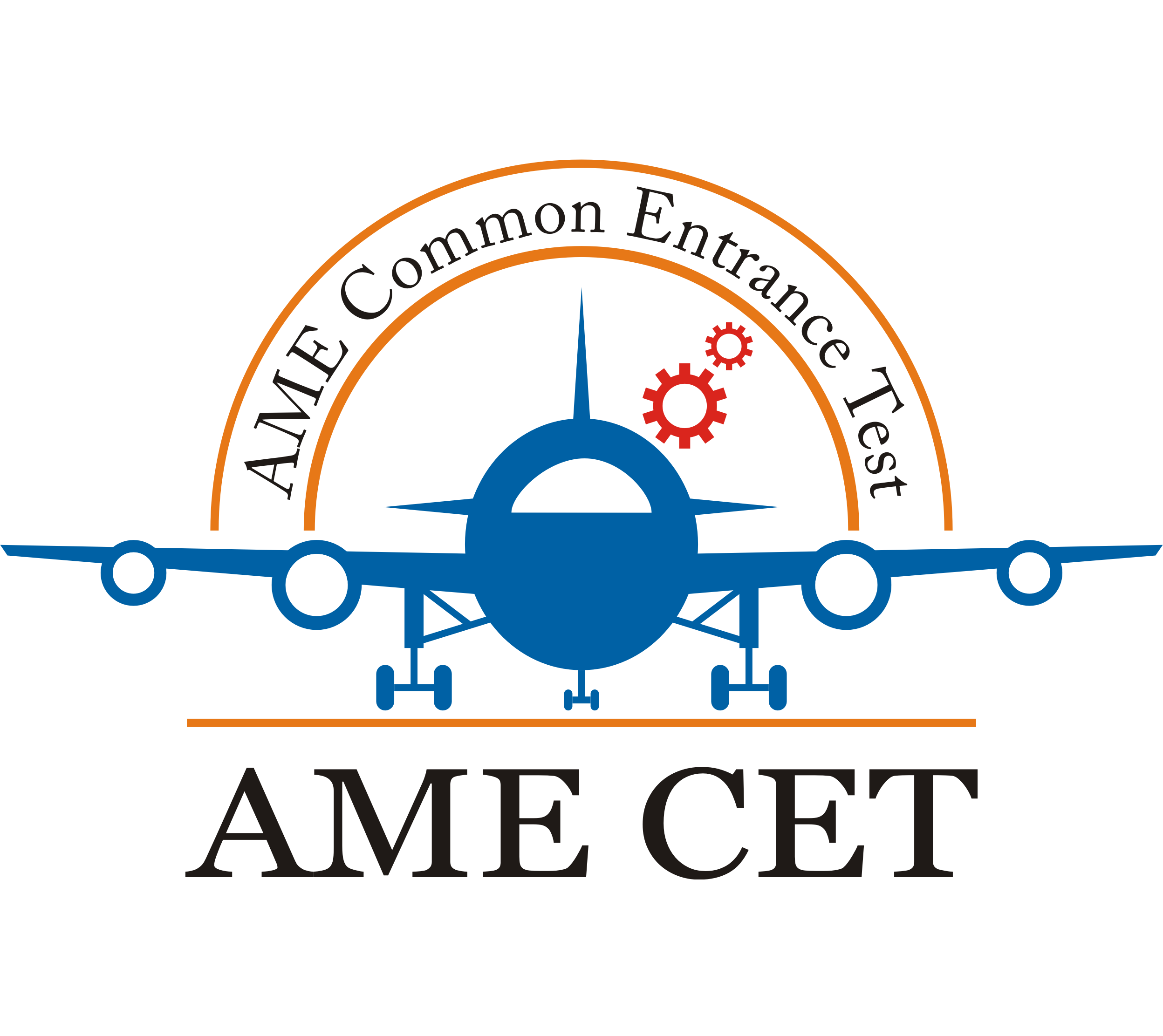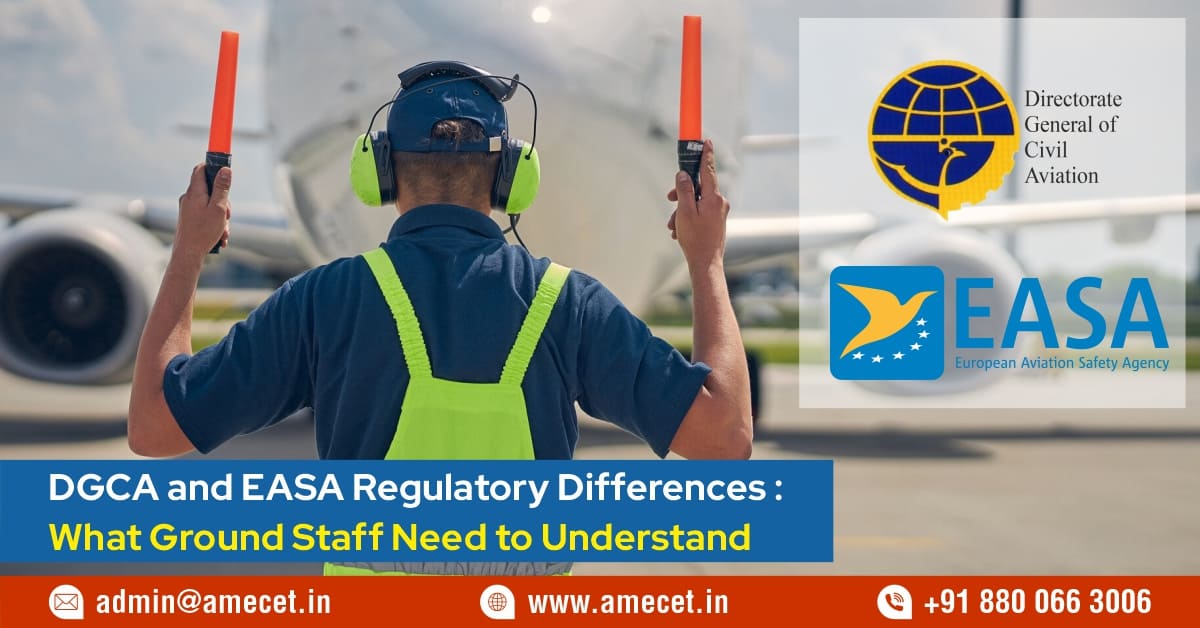DGCA and EASA Regulatory Differences: What Ground Staff Need to Understand
Posted on : 16 September, 2025 11:32 am
When it comes to international aviation management , regulatory compliance is non-negotiable. Two of the most influential aviation regulators are India’s Directorate General of Civil Aviation (DGCA) and Europe’s European Union Aviation Safety Agency (EASA). For ground staff involved in international operations, understanding the key differences between these two bodies is essential to ensuring smooth coordination, safety compliance, and operational efficiency.
Understanding the Regulators
DGCA – India’s Civil Aviation Regulator
The DGCA oversees civil aviation in India, focusing on air safety, licensing, airworthiness, and operational standards. It governs both domestic and international carriers operating to and from India.
EASA – The EU’s Aviation Authority
EASA is responsible for civil aviation safety across the European Union. It develops common safety and environmental rules, certifies aircraft and parts, and ensures consistent enforcement across member states.
Key Regulatory Differences Ground Staff Should Know
1. Safety and Certification Standards
- EASA follows ICAO standards closely and often implements stricter safety regulations and environmental protocols.
- DGCA also adheres to ICAO standards but may allow more flexibility or local adaptation in implementation.
Ground Staff must be aware that Aircraft Maintenance records, certifications, and airworthiness documentation may be scrutinized differently depending on the regulator.
2. Training Requirements
- EASA mandates extensive training and recurrent certification for ground handling staff, especially in areas like human factors, aircraft refueling, and dangerous goods.
- DGCA has robust training standards but may not always align in content or frequency with EASA’s more structured modules.
For international flights to Europe, ground staff need to ensure all training certifications meet EASA expectations when supporting EU carriers.
3. Safety and Certification Standards
- EASA imposes strict protocols for identifying, labeling, and handling dangerous goods, in line with IATA DGR guidelines.
- DGCA also follows IATA standards but may differ in documentation or acceptance criteria.
4. Ramp and Security Procedures
- EASA requires detailed ramp safety procedures, including foreign object debris (FOD) checks and precise aircraft turnarounds.
- DGCA enforces ramp safety but may offer more operational discretion depending on airport capabilities.
Why This Matters for Ground Staff
Understanding these differences helps ground staff:
- Avoid regulatory violations during international operations
- Ensure seamless coordination between Indian and EU carriers
- Maintain high safety and service standards across borders
As international aviation grows, the role of ground staff in navigating regulatory complexities becomes even more critical. By understanding the key differences between DGCA and EASA regulations, ground handling teams can contribute significantly to safe, efficient, and compliant operations—no matter the destination.

